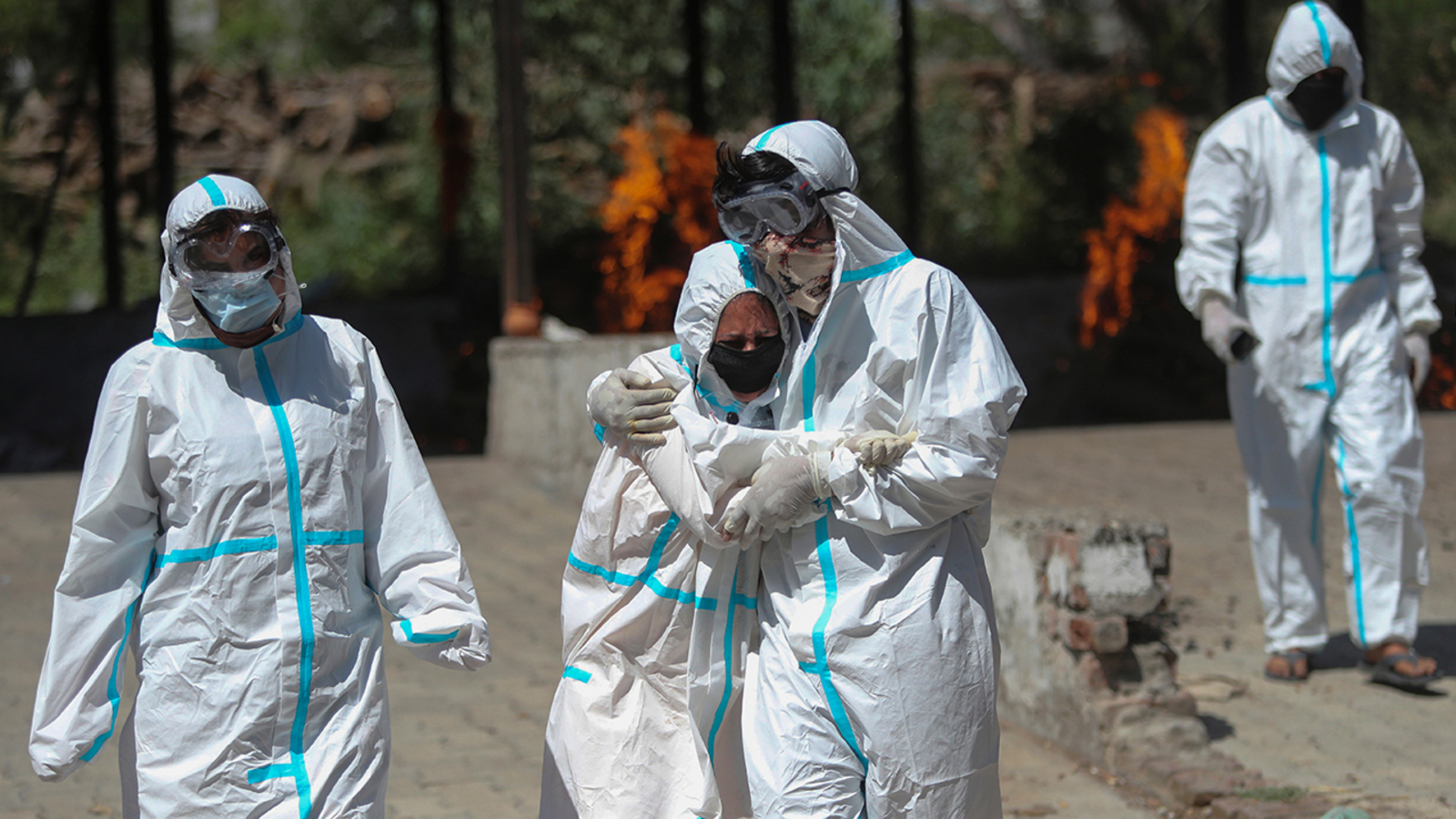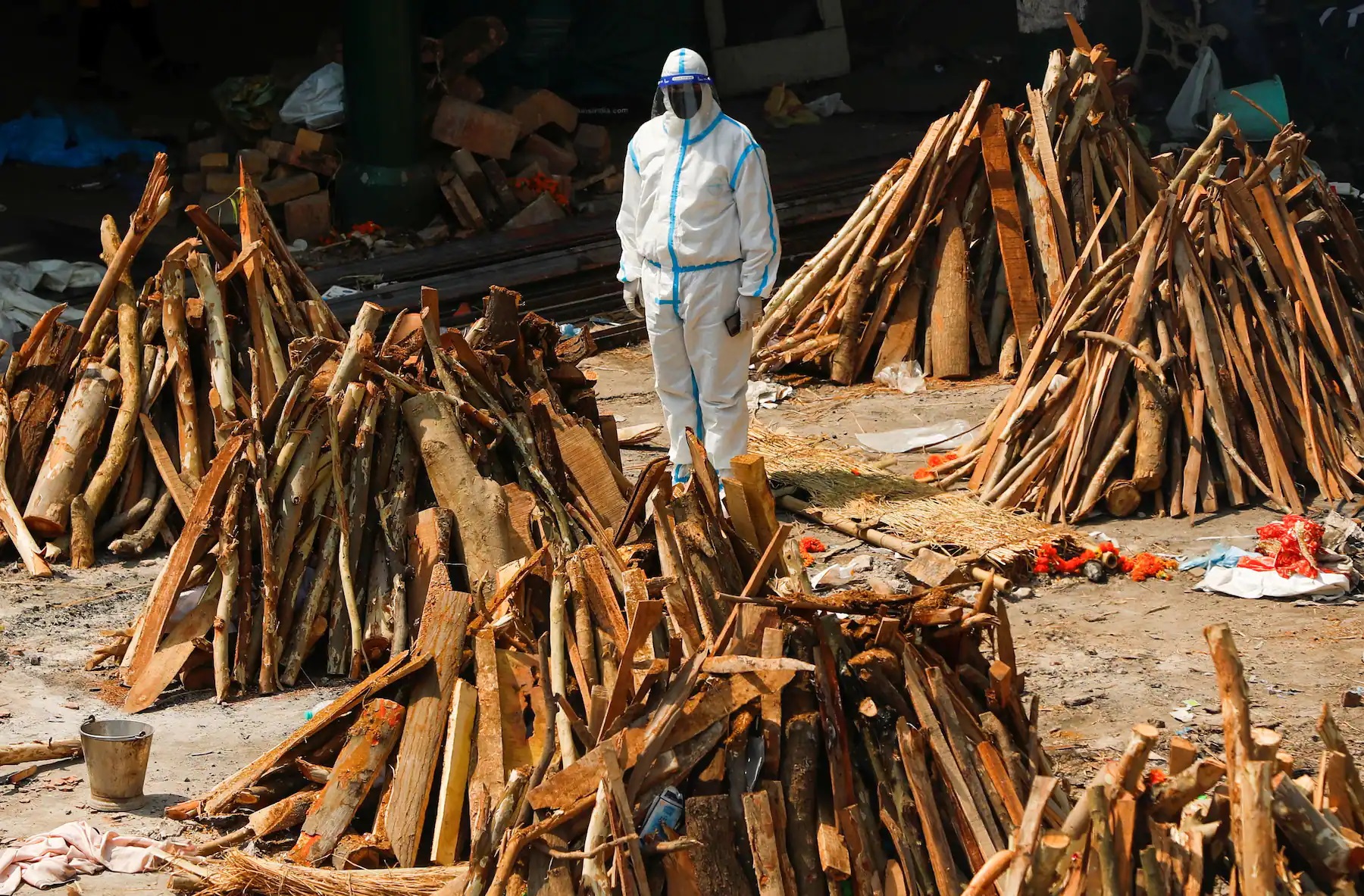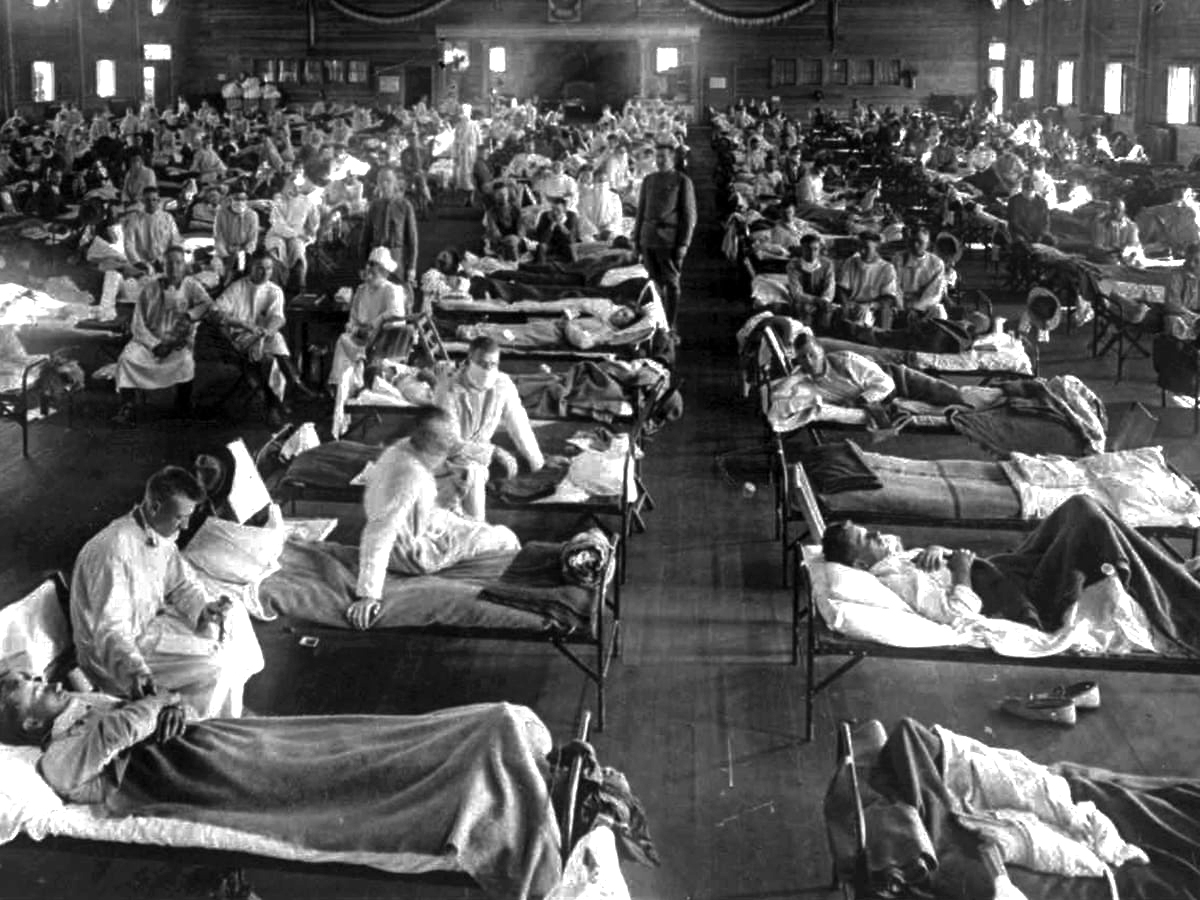The Moon rush: Stampede on the Moon
It was 53 years ago, on 21 Nov 1963, that a small rocket brought on a bicycle took off from Thumba village on the outskirts of Thiruvananthapuram, India, announcing the birth of the modern space age in the country. The sleepy palm-fringed village soon came to be known as Thumba Equatorial Rocket Launch Station (TERLS) and later became Vikram Sarabhai Space Centre (VSSC).
Till 1963, the Thumba village in South India’s Kerala province would not have merited a second look. A quintessential fishing hamlet with thatched huts, coconut groves and calm sea, it was an unlikely setting for a rocket launch station. However, it did have something that caught the interest of Dr Vikram Sarabhai, the father of India’s space programme—a small church dedicated to St. Mary Magdalene that was located on the earth’s magnetic equator (most ideal for space missions).

Dr Sarabhai with fellow scientists went to the village to talk to the then-bishop. They were interested in acquiring the church and nearby land for their first rocket launch. Instead of giving them a definite answer, the bishop, Reverend Peter Bernard Pereira, asked them to attend the Sunday mass where he would put the question to the parishioners.
Thanks to the bishop’s efforts, the permission was granted. The paperwork was done and the villagers relocated to a new site with a brand new church in just 100 days. The bishop’s home was converted into an office, the church became the workshop, and cattle sheds served as storage houses and laboratories. Undeterred by the little funding and few facilities, a handful of enthusiastic young Indian scientists began assembling their first rocket.

Back then, even rocket parts and payloads were transported by bullock carts and bicycles to the launch pad. It was in these unassuming settings that India staged its first launch—a Nike-Apache rocket supplied by NASA—in 1963.
Sixty years later, Thumba is the hub of all space programs of the Indian Space Research Organisation (ISRO). The Vikram Sarabhai Space Centre at Thumba has given India launch vehicles, geo-stationary and finest remote sensing satellites.
The little church, which helped India reach for the stars, now houses a space museum replete with a fascinating array of rockets, satellites and other astronomical equipment.
A space race between India and Russia-China?
It is widely accepted that India and Russia (supported by China) were in a race to become the first country to land on the South Pole of the Moon. India launched its moon mission, Chandrayaan-3, on a leisurely five-week trajectory aiming to land on 23 Aug 2023. Russia launched its Luna-25 mission after India’s launch and targeted to land on the South Pole of the Moon three days ahead of India’s mission. Luna-25, equipped with powerful rockets, could reach lunar orbit by using a shorter trajectory. Unfortunately it crashed into the moon’s surface, after an engine firing, intended to fine-tune its descent, went awry. The Russian spacecraft was aiming to land near the intended location of a joint base that space agencies in China and Russia announced in 2021 and agreed to build together.
Three other countries, the US, China, and the former Soviet Union, have also achieved soft lunar landings, but none has ever reached the South lunar pole, and that’s not for lack of trying.

The moon’s South Pole is one of the harder places on the lunar surface to land because it is heavily boulder strewn, without the wide, flat expanses. Of the spacecraft that have crashed in the South Pole, none got close enough to try to negotiate the boulder fields. ISRO was able to do so, briefly placing Chandrayaan-3 in hover mode above the surface while it looked for a clear parking spot, is a testament both to the nimbleness of the ship and the deft touch of the engineers in mission control.
Is Russia lagging behind?
China sent a delegation to the Vostochny Cosmodrome in Russia’s Far East to attend the launch of Luna-25 which was the first Russian spacecraft to attempt a moon landing since the end of the Soviet Union.
In early 2021, Roscosmos—the Russian space agency—and the China National Space Administration signed a memorandum of understanding to jointly establish an International Lunar Research Station by the mid-2030s. But now, behind the scenes, China already recognizes that Russia is of limited value as a space partner. Since the invasion of Ukraine in February last year, Chinese media have downplayed Russia’s role in the lunar base.

Despite the Luna-25 failure, the head of Russia’s space agency declared a “new race to exploit the Moon’s resources has begun”, and there would be a potential crewed Russian-Chinese mission in the future.
In the Sino-Russian relationship, Russia is now well and truly the junior partner. Its aging technology pales in comparison with the leaps of modernisation we have witnessed in relation to China’s progress in space. Challenging the new rising star in space, India, would also not be so easy for the cash-starved Russia.
The author is Consultant Editor based in New Delhi
Covid-19: Is history repeating itself in India?
The influenza pandemic of 1918, also known as ‘Spanish Flu’, was an unusually deadly pandemic that lasted from February 1918 to April 1920. Spanish flu infected 500 million people—about a third of the world’s population at that time. The estimated number of deaths ranging from 20 million to a possible high of 100 million makes it one of the deadliest pandemics in human history.
There are stories documented in the pages of history from the Spanish flu era (1918-20) from which we can learn a lesson or two. On 28 September 1918, the Liberty Loan Parade was organized in Philadelphia, US, to economically support the soldiers who fought in World War I. Intellectuals opposed the event. They were of the opinion that as the Spanish flu was still going strong, a crowded event may result in a new disaster. Ignoring such objections, local administration allowed the event. It was a matter of patriotism, so more than 200,000 people gathered. What followed was along the expected lines. Within the next few days, 47,000 fresh cases were reported and 12,000 people lost their lives. In October 1918, over 195,000 people had lost lives in the US alone.
The tragic Indian chapter
Spanish flu struck India at the same time and 10-20 million people, then three-six percent of the population, had died. The major damage was caused in a short period from June 1918 to early 1919. The second wave lasted for less than three months—but was most devastating.
A worker at the cremation ground in Delhi said that they were doing 25-plus cremations a day at the time.
One of the famous Hindi poet and writer of that era, Suryakant Tripathi Nirala, wrote a book based on his personal experience of the 1918 pandemic. The writer famously known as ‘Nirala’ received a telegram message that read “Come back urgently, your wife is seriously ill”. The writer was in Bengal (province in East India) and he took the next train to his hometown in Uttar Pradesh. When Nirala reached his hometown on the banks of river Ganga, he observed that ‘the River Ganga was swollen with bodies’. By the time he reached home, his teenage wife was already dead. In the days to follow, all other family members got the infection and died. Reports from government documents had made similar observation that “all rivers across India were clogged with bodies because of shortage of firewood for cremation.”
History is repeating itself
Looking at images and reports in Indian media this week, it seems nothing has changed even after a century. Locals in Buxar district of Bihar province reported about floating dead bodies in River Ganga on May 9. Similar was the sight in Ghazipur district in Uttar Pradesh province the very next day. Local administrations performed the last rights and are investigating the cases.
The bodies are suspected to be those of Covid-19 patients who were dumped in the river, revealing the scale of Covid emergency in India. Locals said, following the Hindu cremation rituals, people either burn their dead or immerse the bodies in the river. Due to the lack of firewood at the crematoriums owing to the rise in Covid-related deaths, the poor immersed them in the river.
These may be stray cases, but even isolated cases put a big question-mark on the progress of medical science and human development. Such incidents depict a real picture of the catastrophe this planet is going through at present.
Social media feeds are filled with videos of Covid funerals at crowded cemeteries, wailing relatives of the dead outside hospitals, long queues of ambulances carrying gasping patients, mortuaries overflowing with the dead, and patients, sometimes two to a bed, in corridors and lobbies of hospitals.
What went wrong?
In early March, politicians and parts of the media believed that India was truly out of the woods. While customary guidance on Covid-appropriate behavior was issued, it was policymakers and elected leaders who tacitly encouraged crowding in festivals, election rallies and religious congregations.
The second wave of Covid-19 had come a few months after the second wave in other countries; there was no reason to believe it would be any different in India or in any other country.
Close to 100 million died in 1918 Influenza Pandemic. Photo: The Gurdian
More than ventilators and ICU beds, what was essential was an adequate supply of oxygen in hospitals to treat critically-ill patients. Nonetheless, when the second wave arrived, India’s medical oxygen supply network collapsed.
Availability of hospital beds was nowhere close to meeting the sudden demand. WHO standard is 30 hospital beds per 10,000 people; India has only 5.3, much less compared to even smaller countries like New Zealand (25.7) and South Korea (124). Nepal has three hospital beds available per 10,000 people, which is way below WHO standards. India and Nepal, both South Asian countries, need to increase the numbers.
India recorded a worrying test positivity ratio (TPR) of 22.36 percent in the end of second week of May, way above the 5 percent TPR needed to control the pandemic. But India’s testing numbers seem to be dipping instead of keeping pace with the rate of transmission.
Battle is far from over
Experts are raising concerns that inoculation is not helping turn the tide in some places. Of the Seychelles, Israel, the UAE, Chile and Bahrain—the world’s five most vaccinated countries, in that order—only Israel is not fighting to contain a dangerous surge in Covid-19 infections.
Seychelles, which has vaccinated more of its population against Covid-19 than any other country, saw active cases more than double in the end of first week of May.
 Cremation grounds in Delhi saw over 700 ‘Covid cremations’ in a day.
Cremation grounds in Delhi saw over 700 ‘Covid cremations’ in a day.
In the Maldives, where over 35 percent of the population had received two shots, is also struggling with rising number of new cases, which jumped to 12,000 plus on May 12.
The world is at war with Covid; more than 3 million people have lost their lives so far. But while some countries move forward with vaccination campaigns and business reopening, a resurgence in India and South America is a stark reminder of the pandemic’s severe and ongoing toll. Society’s staggered return towards “normal” also begs the question of what we will learn when this once-in-a-century pandemic is finally over and how the three million lives lost (and counting) will be remembered.
The author is former senior editor of The Times of India group and writes for Annapurna Express. He is based in New Delhi










